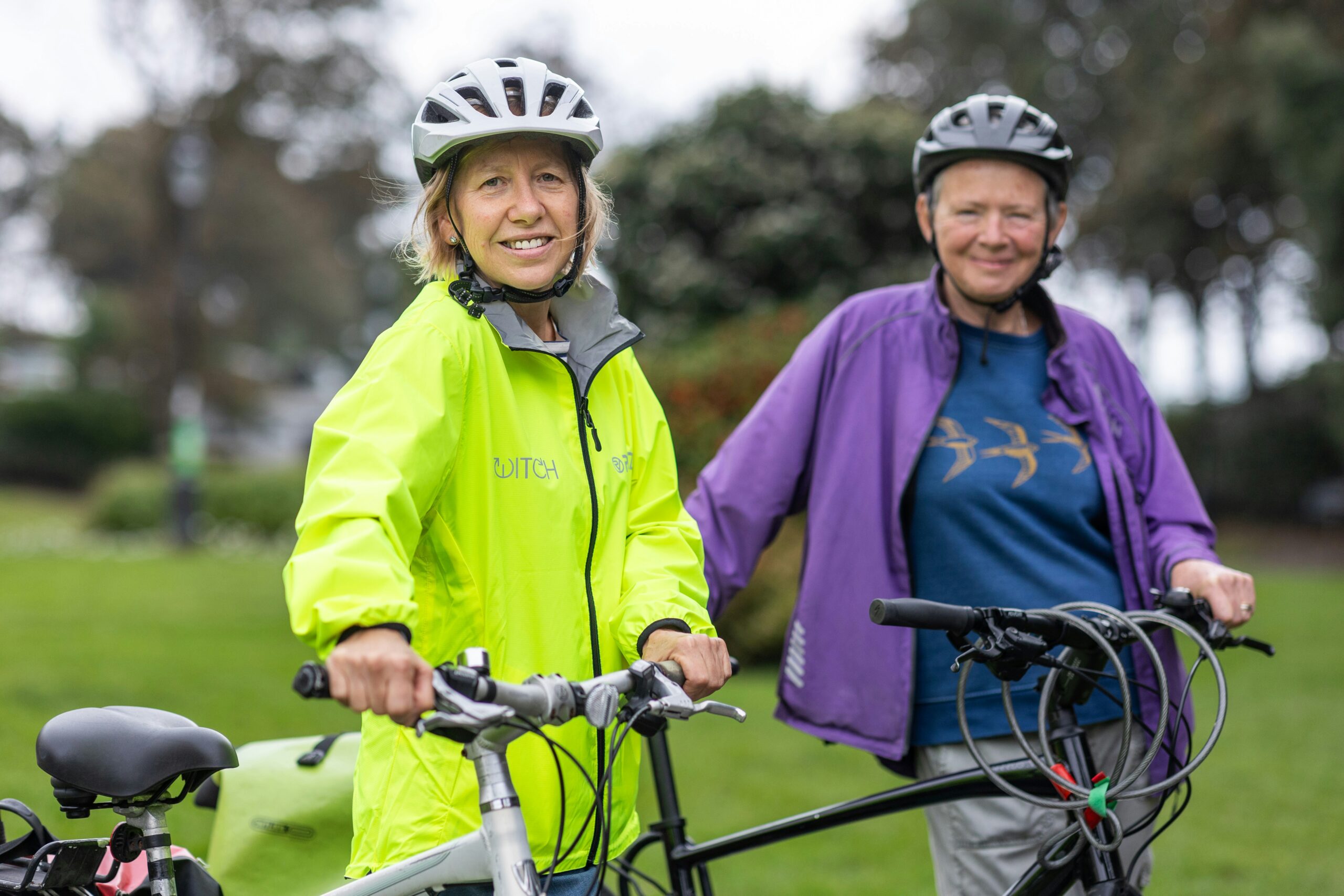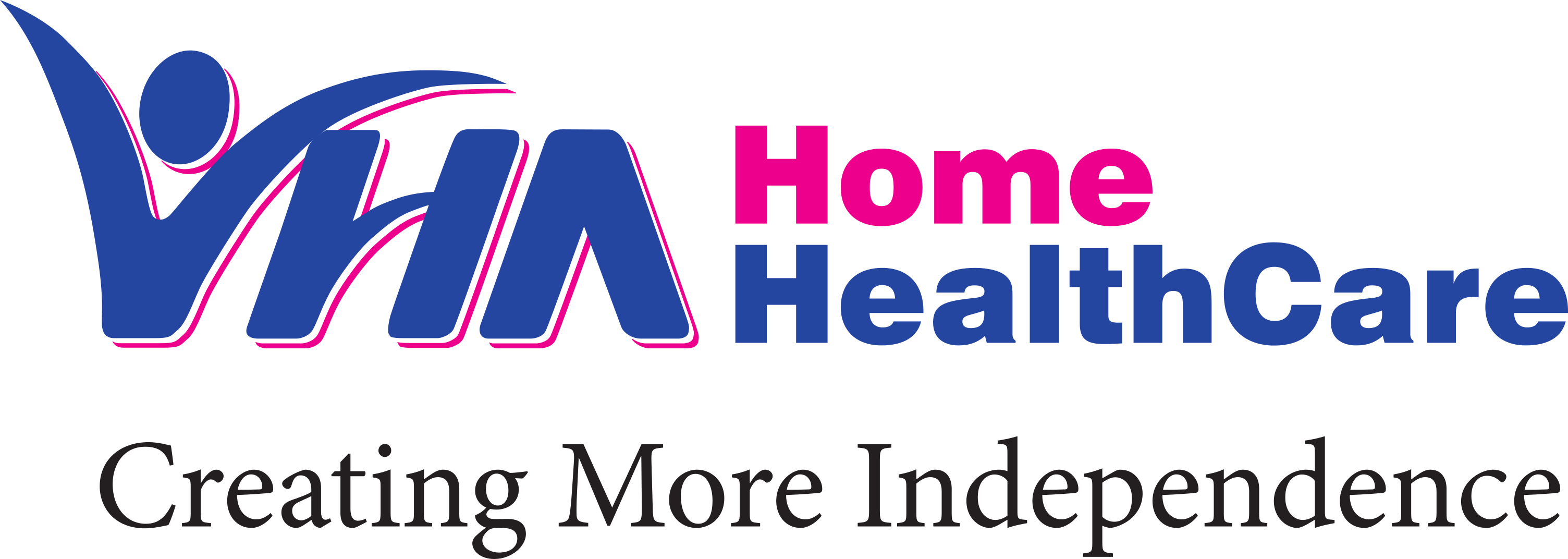Physical Activity Tips for Older Adults: Movement to Support Healthy Aging

As we age, physical activity plays an important role in maintaining and improving overall health and wellbeing. Regular movement has been proven to support the independence, mobility, and mental health of adults over the age of 65, as well as reduce the risk of many chronic diseases.
Here’s more on the significant health benefits of getting active and some general tips to help older adults move and age well, based on Canadian Physical Activity guidelines. Just make sure you speak to a healthcare provider to find the amount and type of physical activity that is right for you.
Health Benefits of Physical Activity
Maintaining an active lifestyle is one of the best things you can do for your overall health, at any age. Although many other factors can impact healthy aging, the proven benefits of regular physical activity for adults over the age of 65 include:
- Improved balance, coordination and mobility
- Reduced risk of falls and related injuries
- Improved ability to perform activities of daily living—eating, bathing, dressing, etc.
- Increased muscle strength and cardiovascular and bone health
- Reduced risk of chronic illness including: heart disease, type 2 diabetes, some cancers and osteoporosis
- Enhanced sleep quality
- Better weight management
- Improved brain health and cognitive function
- Reduced risk of depression, anxiety and other mental illnesses
- Increased longevity and quality of life
Tips to Help You Get Active
To enjoy the many benefits of staying active as you age, here are some tips to help you safely incorporate physical activity into your daily routine:
Start Slowly
If you’re new to exercise, or haven’t been active for a while, begin with shorter durations and lower intensities. Gradually increase the length and intensity of your workouts as your fitness level increases. Guidelines recommend at least 150 minutes (or 2.5 hours) of moderate-aerobic activity each week—spread out over several days. This means continuous movement that makes you breathe harder and makes your heart beat faster like brisk walking, cycling, swimming and dancing. If you prefer more vigorous-intensity aerobic activities like running, you can aim for at least 75 minutes a week.
Extra efforts to limit your sedentary or sitting time and finding ways to add more movement to your day—like choosing the stairs over the elevator—can also add up throughout the week. Just remember to listen to your body and avoid pushing yourself too hard! If you experience any pain, dizziness or shortness of breath, stop immediately and consult a health professional.
Include Strength Training
Older adults are also recommended to incorporate strength training into exercise routines to help maintain muscle mass and bone density, which naturally decrease with age. Add bodyweight, free weight and resistance band exercises at least two days a week to help counteract this loss. Work with a qualified fitness professional to target major muscle groups including your legs, arms, back and core and to avoid injury.
Prioritize Balance and Flexibility
Flexibility and balance exercises that improve joint mobility and range of motion become increasingly important as you age. Exercises that specifically challenge your balance and mobility will help with pain management, improve posture, reduce injuries and help you reach, bend and move better.
Add gentle stretching, yoga or Pilates to your weekly exercise routine. Walking on uneven ground outside and simple balance drills like standing on one leg or heel-to-toe tandem walking will also improve stability, coordination and lower your fall risk.
Stay Hydrated and Fueled
Older adults often have a reduced thirst sensation combined with a decreased ability to conserve water. These changes can make dehydration more likely. It can also be difficult for older adults to regulate body temperature which can lead to overheating, especially in hot or humid weather. Proper hydration is important for joint health, to prevent muscle cramps and to optimize performance. Don’t wait until you feel thirsty and stay hydrated before, during and after exercise.
A balanced diet with lots of fruit, vegetables and lean protein will also help provide the energy and nutrients needed for regular physical activity. Make sure you also refuel your body after exercising to support muscle repair and recovery.
Find Activities You Enjoy
Remaining consistent and finding the right combination of aerobic, strength and mobility exercises can be challenging. However, the key to staying active is to do more of the activities you enjoy. Physical activity will feel less like a chore when you are doing something you like such as dancing, hiking, playing sports or gardening.
Staying motivated is also often easier when you have a support system. Consider exercising with a friend, or joining a local sports team, walking club or fitness class with someone you know. Being active and staying socially connected can do wonders for your physical and mental health and also hold you accountable to continue.
If you are an older adult and aren’t active now, it’s never too late! Start adding movement to your daily life and slowly increase the amount of activity as you work your way up to weekly recommendations. Just make sure you consult with a health professional before starting a new exercise program.
A VHA Home HealthCare physiotherapist can help you find the right aerobic, strength and stretching exercises depending on your fitness and mobility level. Contact VHA’s Enterprise Health Solutions Team team at (416) 489-2500 ext. 4649 or by email at ehs@vha.ca for more information.
If you found this article helpful, you may also want to read:
